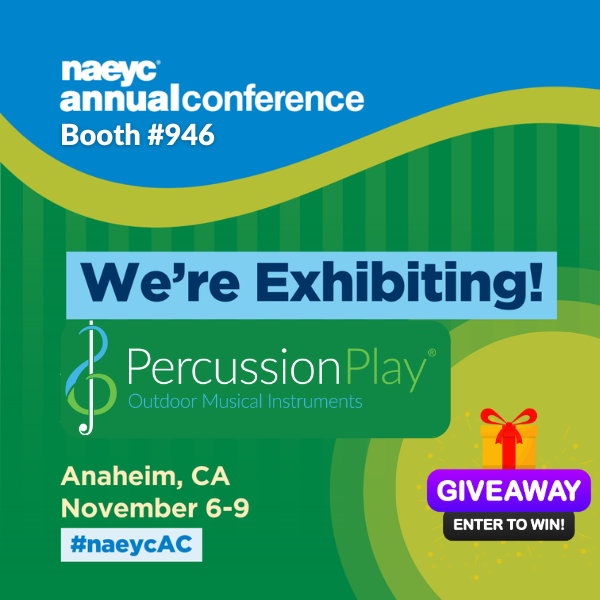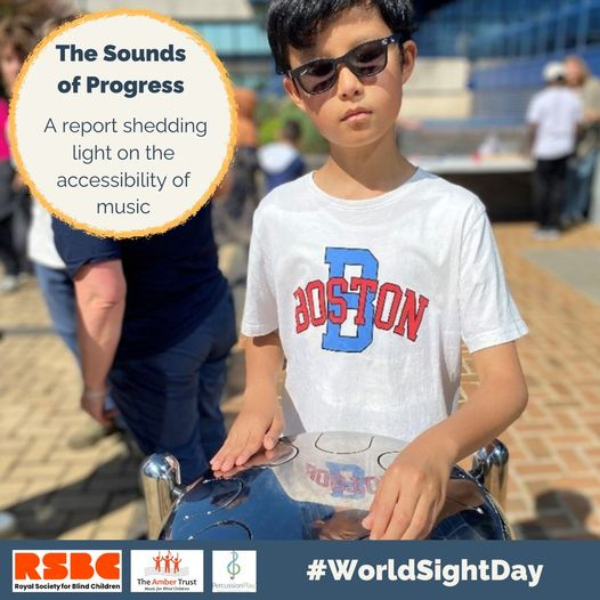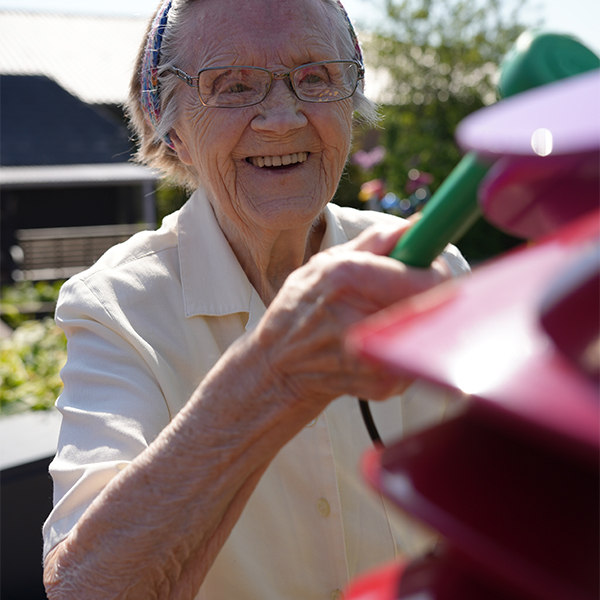Encouraging Deaf Children and Young People to Access Music #DAW2022
Deaf Awareness Week is an annual event that promotes the positive aspects of deafness and social inclusion and raises awareness of the huge range of local organizations supporting deaf people and their families and friends. It also celebrates exceptional individuals and showcases what we can do to champion inclusivity and be more deaf-friendly.
The theme for Deaf awareness week 2022 is Deaf Inclusion, to explore the entire theme of inclusion within our community. Emphasising the importance of mental health, and empathising with underrepresented groups amongst the Deaf such as migrants, BMIs, and women, as well as raising pertinent issues of deafness being overlooked in education, health settings, and the workplace.
According to WHO, over 5% of the world's population – or 430 million people – require rehabilitation to address their 'disabling' hearing loss (432 million adults and 34 million children). It is estimated that by 2050 over 700 million people – or one in every ten people – will have disabling hearing loss. A person who is not able to hear as well as someone with normal hearing – hearing thresholds of 20 dB or better in both ears – is said to have hearing loss. Levels of hearing loss, communication methods, and use of hearing technology can vary widely. Hearing loss and deafness is a spectrum from mild to profound, from little children with glue ear to those who have lost hearing later in life. Some deaf children can use a lot of their residual hearing with the support of hearing aids or they might have a cochlear implant. Others may be deaf in just one ear. The type and level of deafness and the technology used mean every deaf child's perception of music will vary greatly, and it's important to remember this and find out what everyone's individual needs are to ensure everyone is included when making music together.
Contrary to what many people believe, deaf children and young people enjoy listening to and making music with their friends as much as hearing peers. They are able to access music, in fact, many deaf people play musical instruments and take part in music activities on a daily basis. It is a misconception that they cannot participate in and enjoy music. Virtuoso percussionist Dame Evelyn Glennie became profoundly deaf when she was 12-years-old, and discovered that she could feel the vibrations of sounds. "When I'm asked if I hear the percussion instruments I am playing or other instruments playing alongside me, my response is, that I feel the music through my body – my hands, arms, cheekbones, scalp, everywhere."
As with any hearing child, it is always good to introduce a deaf child to music as early as possible. Music can encourage a child to listen to a sound, to communicate with adults, or in a group, and they will benefit from repetitive rhymes and singing. Musical instruments can provide deaf children with valuable auditory experience of rhythmic patterns, tempo, and pitch. As well as the vibrations, the visual aspect and performance value of playing an instrument can help children increase their confidence, encourage learning about emotions, and help develop fine motor skills. You can use music in small groups to encourage awareness of others and how to wait for responses, take turns, and look for cues.
Generally, the teaching and learning process of music is the same for deaf children as it is for hearing children. However, teaching in small groups, using very clear visual and aural communication, and teaching in areas where there is no echo or loud background noises is particularly important. Taking the music lesson outdoors is the perfect option. The lack of a roof and walls with fresh air and sunlight all around has a dramatically positive effect on mood. Like food, music is different (and often better) when sampled alfresco and it's not just a matter of acoustics: cool breezes, newly cut grass, and open skies stimulate all the senses, heightening the total experience. Try a variety of sounds over several sessions to see how the children you are working with react. Some children are sensitive to certain pitches or tones and vibrations can be overwhelming at first, so experiment carefully and let the children show you what they like. Many deaf children learn by watching and doing – so be as hands-on as possible and gently encourage participation and listening.
Music impacts all our lives in so many forms. There is no reason why it shouldn't be the same for deaf people. Even for those who are profoundly deaf, rhythm through touch and sensation can be accessible, therapeutic, stimulating, and meaningful. All children have a right to access and experience the power of music and Percussion Play believes they should have the same opportunities to fully engage in music-making in or out of the classroom.
"It is obvious that not all hearing-impaired people will be musical in its fullest sense. But, then neither are all hearing folk. What is needed is the opportunity to experiment in order to discover what musical abilities lie dormant in us" William G Fawkes, music teacher of the deaf, 1975-1988.
"As soon as we're born we're striking something or rattling something. There are no social barriers to percussion at all." Dame Evelyn Glennie


